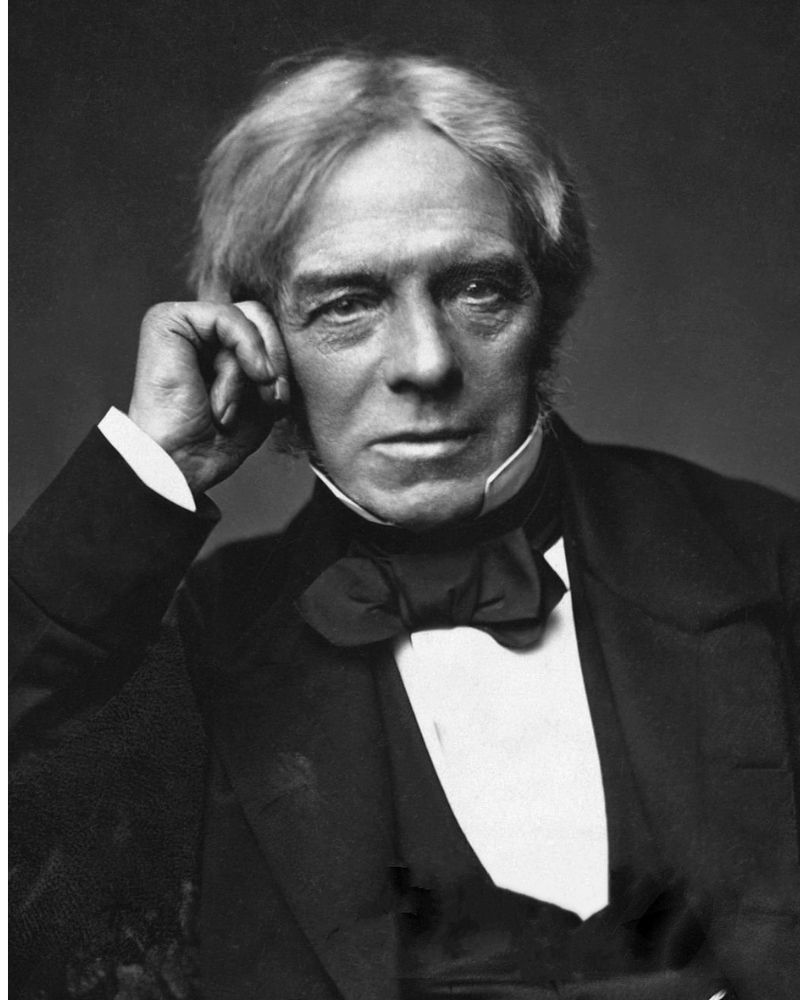The Discovery of the Generator: Powering the Modern World

Electricity is one of the most essential forces in modern civilization, and at the heart of its generation lies the electric generator. This revolutionary device converts mechanical energy into electrical energy, making large-scale electricity production possible. The invention of the generator marked a turning point in history, paving the way for industrial progress, urbanization, and modern technology.
The Discovery of the Generator
The foundation of the electric generator was laid by Michael Faraday in 1831 when he discovered electromagnetic induction. In a simple experiment, he moved a magnet through a coil of wire and observed that an electric current was produced. This principle—that changing magnetic fields can induce electricity in a conductor—became the basis for all modern electrical generators.
Early Development of the Generator
- Michael Faraday (1831): His Faraday Disk, the first electromagnetic generator, demonstrated that mechanical motion could generate electricity. Though inefficient, it was the starting point for future advancements.
- Hippolyte Pixii (1832): A French instrument maker, Pixii built the first mechanical generator that used a rotating magnet to produce alternating current (AC).
- Antonio Pacinotti (1860): An Italian physicist, Pacinotti developed the ring armature, improving efficiency and enabling steady electricity production.
- Werner von Siemens (1867): A German inventor, Siemens introduced a self-exciting generator, eliminating the need for external magnets and making generators more powerful and practical.
- Zénobe Gramme (1869): A Belgian engineer, Gramme built the first commercially viable generator, allowing for widespread use in industries.
How the Generator Works
A generator operates based on electromagnetic induction:
- A coil of wire rotates inside a magnetic field, generating an electric current.
- The mechanical energy required for rotation comes from various sources, including steam engines, water turbines, wind turbines, and internal combustion engines.
- This generated electricity is then used to power homes, industries, and cities.
Impact of the Generator
The invention of the generator revolutionized the world in multiple ways:
1. Birth of the Electrical Age
Before the generator, electricity was produced in small amounts for experimental purposes. With the generator’s development, large-scale electricity production became possible, leading to the establishment of power plants and electrical grids.
2. Industrial Revolution Expansion
Factories could now use electric motors instead of steam engines, increasing efficiency, productivity, and reducing reliance on manual labor. This led to mass production and rapid industrial growth.
3. Electrification of Cities and Homes
Electricity from generators allowed for the development of streetlights, household lighting, and appliances, improving safety, convenience, and quality of life.
4. Advancement in Transportation
Generators played a key role in powering electric trains, trams, and automobiles, leading to cleaner and more efficient transportation systems.
5. Foundation for Modern Power Generation
Today, all power plants—whether hydroelectric, thermal, nuclear, or renewable sources like wind and solar—use generators based on the same principles discovered by Faraday.
The discovery of the generator transformed human civilization by making electricity widely available and accessible. From powering industries to illuminating homes, its impact is felt in every aspect of modern life. What began as Faraday’s simple experiment became the backbone of the world’s power supply, proving that a single scientific breakthrough can shape the course of history.